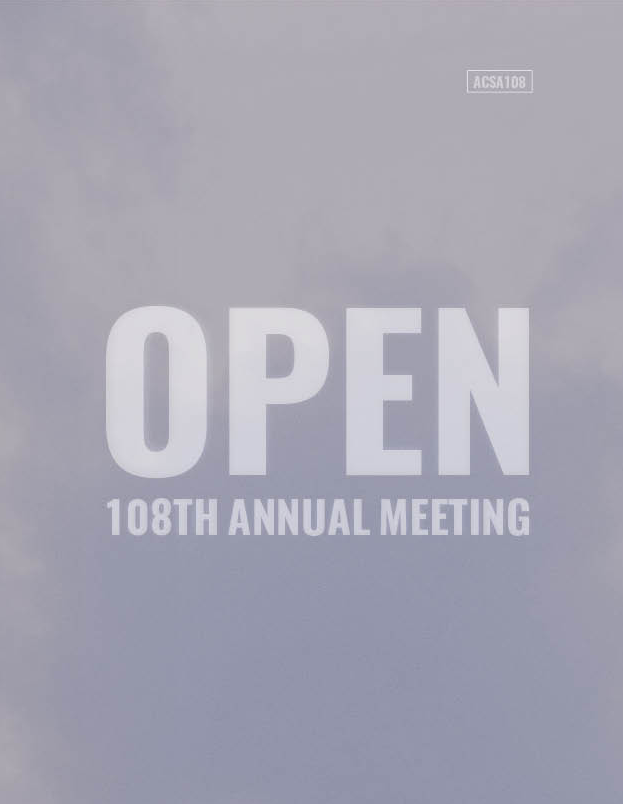Author(s): Heather Peterson
On one of the longest days of 1401, the ambient temperature of the air over Florence may have been warm enough to soften wax. The hot air of the city-state, provided a befitting context for the announcement of a competition to design a set of bronze doors for the baptistry of San Giovanni; an event that is widely regarded as one of the establishing marks of the Renaissance. The sanctioned inventory of factors that pressed the aesthetic dimensions of the Quattrocento into service can be accounted for in four sheets of bronze, the demands of a quatrefoil frame measuring thirteen by seventeen inches, the old testament passage of Genesis 22:2-13, The Sacrifice of Isaac, and the constraint of one year. If we begin to imagine the milieu of the Baptistry competition, and the flow of events into and out of it, an expanded record of the doors should include the fibers of a sheep’s fleece, and the waxy ester of the honey bee, as well as the forb-covered pastures on which these species graze. For it was ultimately these two substances that the doors were staked upon. This paper will explore two distinct aspects of the ecology from which the doors emerged: first, the precursive conditions of foreign trade in wool cloth that engendered the economic mise en scène of patronage for the Baptistry project; and second, an amendment of the door’s material attribution to include beeswax—the substance from which the formal and aesthetic integrity of the project derives. These inquiries into wool and wax will serve as models, which seek to recalibrate our understanding of the conditions that form a historical instance, and to enlist structures of ecological thinking that lend agency and legibility to fields of knowledge which lie beyond the evident.
https://doi.org/10.35483/ACSA.AM.108.70
Volume Editors
ISBN
978-1-944214-26-5

 Study Architecture
Study Architecture  ProPEL
ProPEL 
